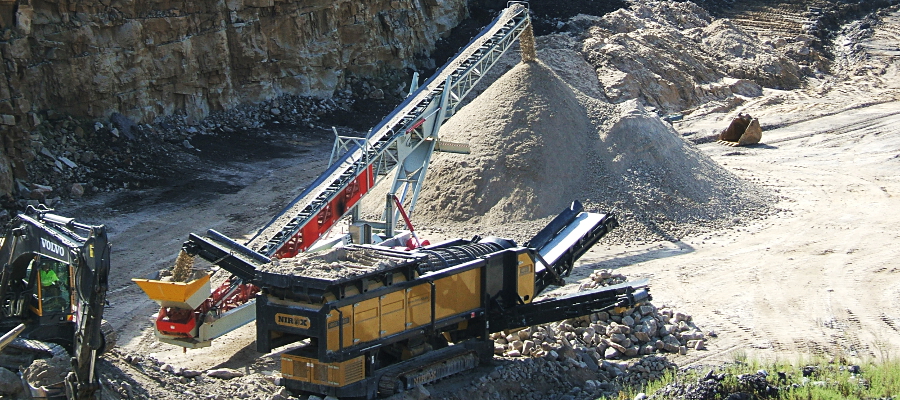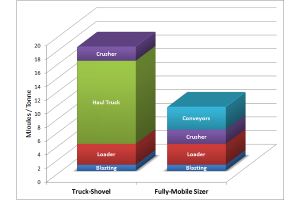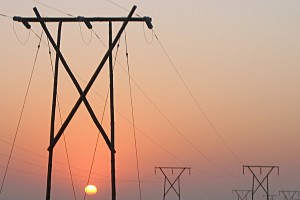Waste Rejection & Advanced Sensors
Waste rejection has many names, including sorting, upgrading and coarse beneficiation. All operations reject waste as part of transforming an ore body to a metal concentrate. However most do it only through mine planning (at the coarse end) and then rejection of tailings (at the fine end). Adding further stages of waste rejection at intermediate scales allows greater resource recovery through removal of dilution and reduction in comminution energy through avoidance of crushing and grinding waste.
At each stage of mining and processing there are opportunities for exploiting rock characteristics, either intrinsic or measured. Intrinsic properties include relationships between grade and size, colour or density. In exploiting measured properties, BRS has pursued numerous sensing technologies, developing an in-depth understanding of the practicalities of application. Working in conjunction with clients and suppliers, BRS is seeking opportunities to apply advanced sensing, particularly for mass sorting systems.
BRS has lead major projects in both waste rejection and sensor development. This included single particle high grade sorting, high volume mass size based beneficiation and deployment of CSIRO’s prototype magnetic resonance sensor to measure copper content on a moving conveyor. BRS has been working in all cases with the client to manage the work, and leading the evaluation of the technology.
BRS continues to work closely with CSIRO in the development of Gamma Activation & Analysis, the next generation of high speed, high accuracy measurements of elements in rock. It is believed that the early deployments of GAA are best suited to rapid, chemical free multi-element analysis.
This suite of waste rejection tools, as it develops, will allow industry to recover greater value from known resources with reduced energy footprint.







